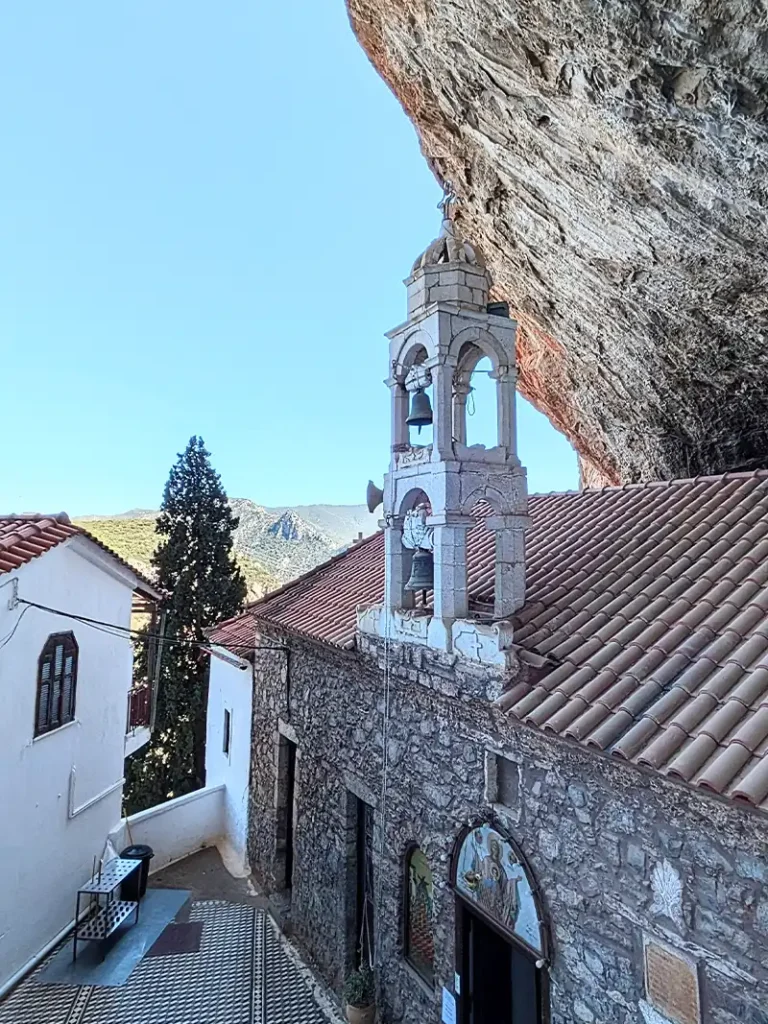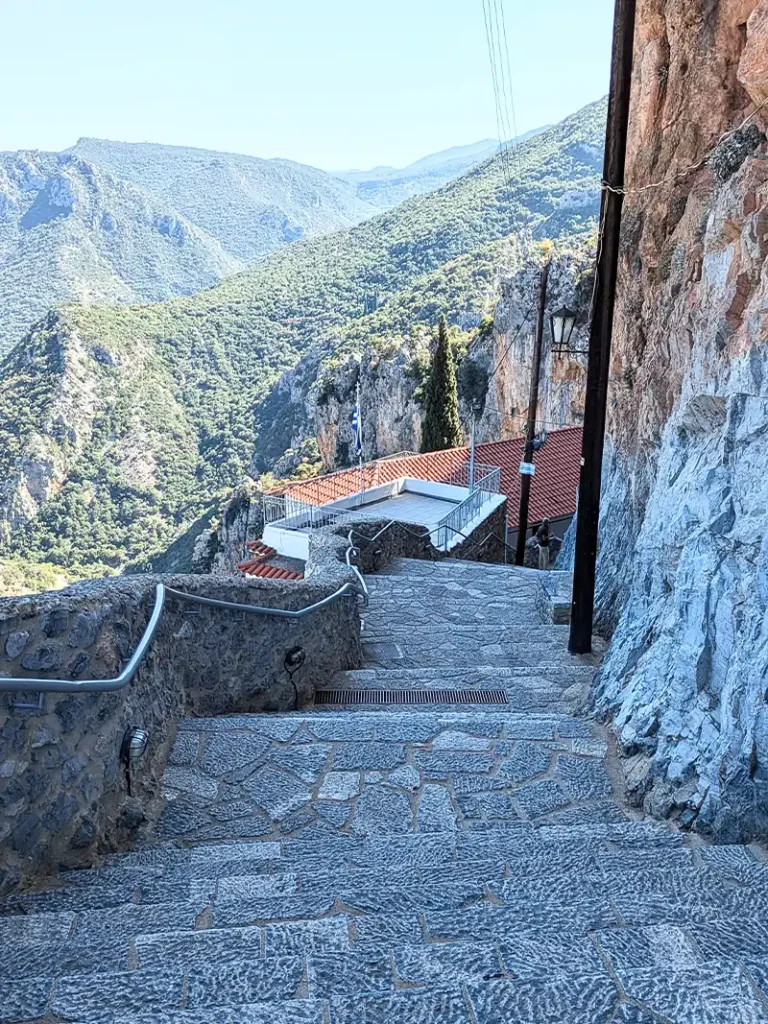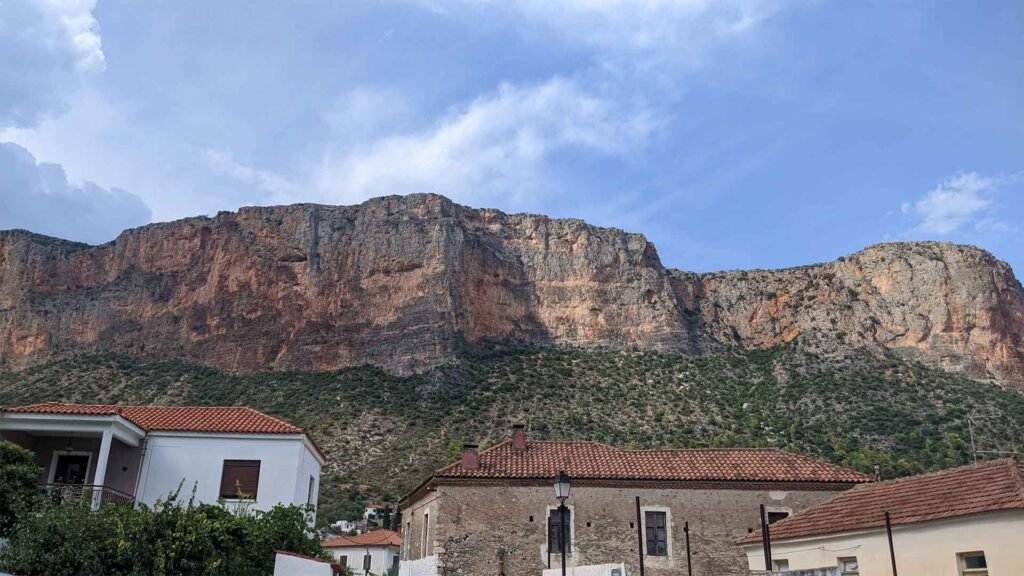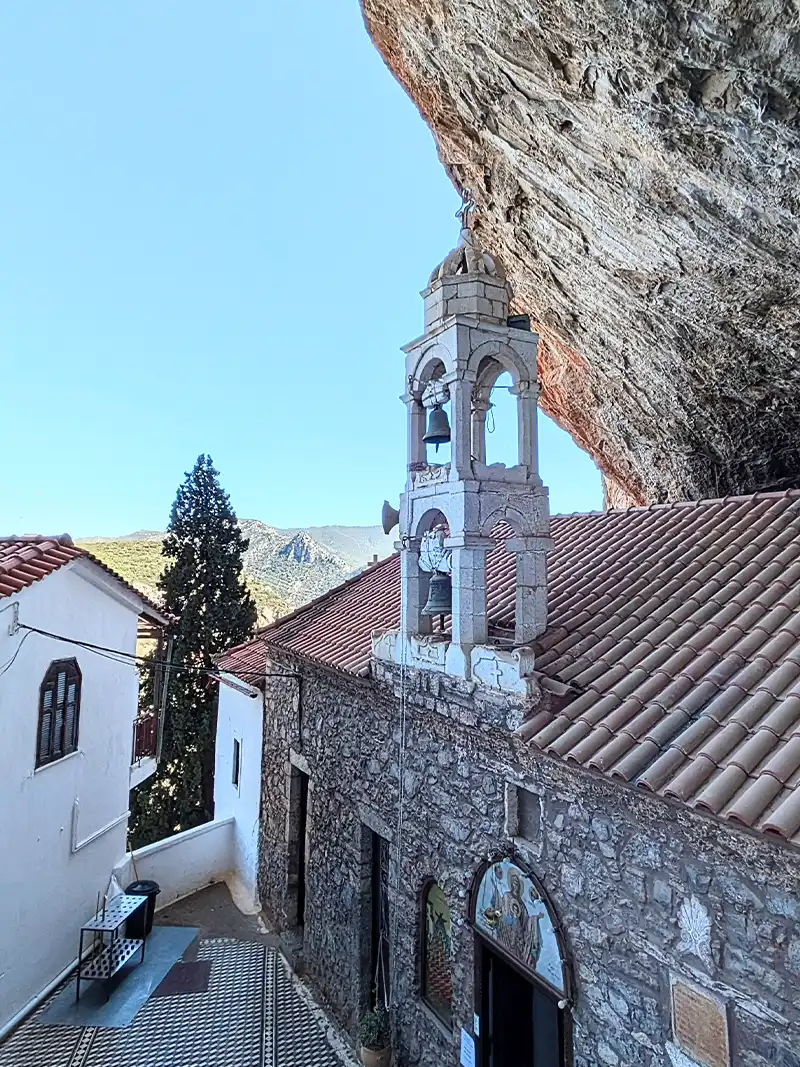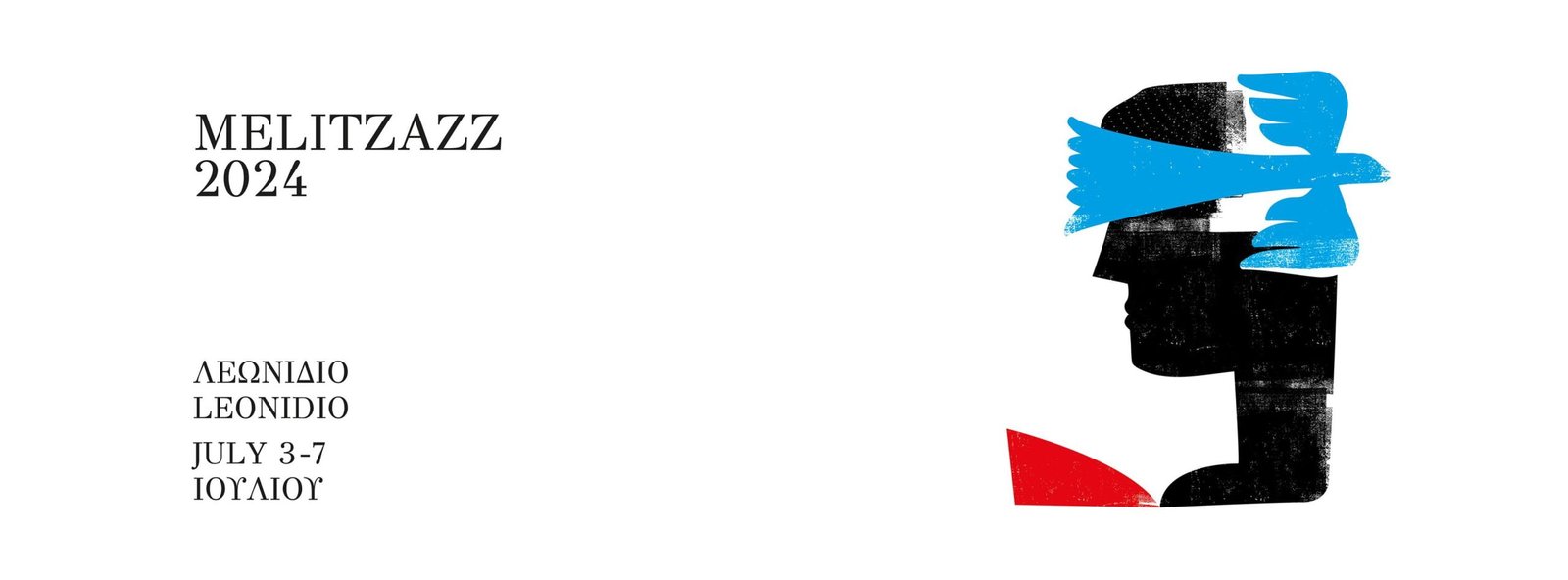Exploring the Elona Monastery in Arcadia, Peloponnese
The History of Elona Monastery
According to local legend, the monastery was built in 1300 when two shepherds discovered the miraculous icon of the Virgin Mary holding the Christ Child inside a cave on the mountainside. This icon, believed to have been painted by the Evangelist Luke, remains the focal point of worship and pilgrimage.
In the area where the icon was found, two monks, Kallinikos and Dositheos, lived as hermits. The local bishop requested that they settle at the exact spot where the icon was discovered. With the help of the local villagers, the two monks quickly built a small chapel and two cells, effectively establishing the monastery.
Throughout history, Elona Monastery has served as a spiritual refuge, especially during times of conflict and turmoil. During the Ottoman occupation of Greece, the monastery played a significant role as a center of resistance, education, and preservation of Greek culture. Additionally, during the Greek War of Independence in 1821, it provided refuge for the revolutionaries.
Today, Elona Monastery remains an active religious center and stands as a testament to the resilience of Orthodoxy and Greek culture through the centuries.
Architecture and Location
The monastery’s church dates back to 1809, a fact confirmed by an inscription at its main entrance. It was built on the foundations of the previous, now-destroyed church and is larger in size. Specifically, it measures 14.90 meters in length and 5.10 meters in width.
What makes Elona Monastery truly unique is its breathtaking location. Perched at an altitude of approximately 650 meters, the monastery appears to hang from the cliff, offering panoramic views of the lush gorge and surrounding mountains. Its structure is a characteristic example of traditional monastic architecture, with white walls and red-tiled roofs blending harmoniously with the natural surroundings.
Upon entering the monastery, visitors are greeted by a peaceful courtyard filled with flowers. After descending several steps, they reach the main church, also known as the “katholikon.” Inside, there are intricate frescoes, illuminated icons, and the famous icon of the Virgin Mary, which remains the focal point of worship.
The Surrounding Area
A visit to Elona Monastery offers more than just a religious experience. The surrounding region is part of the stunning Arcadia, known for its mountainous landscapes, dense forests, and picturesque villages. Travelers can explore traditional villages like Leonidio and Kosmas, located near the monastery. These villages provide an authentic glimpse of rural Greek life, with charming squares and local tavernas serving traditional Greek cuisine.
For nature lovers, Mount Parnona also offers many opportunities for hiking, biking, climbing and exploring the countryside. Some routes are Berliner Mauer, Golden dusk, Kinder garden, Souvlaki, maisonette and many others, which you will find at https://el.wikiloc.com/diadromes/oreibasia/greece/peloponnese/moni-elonis or at https://www.inleonidio.gr/places/elona-sector/
How to Get There
Elona Monastery is located approximately 17 kilometers from the coastal town of Leonidio and around 220 kilometers from Athens, making it accessible for both day trips and longer stays. The journey to the monastery is a unique experience in itself, with winding roads offering breathtaking views of Arcadia’s mountains and gorges. Upon arrival, there is parking available nearby, while the final stretch requires a short walk, providing a chance to admire the monastery’s dramatic location.
Visitor Tips
Dress appropriately: As Elona Monastery is an active religious site, it is recommended to dress modestly, with long skirts or pants and covered shoulders. Wear comfortable clothes and sports shoes because there are quite a few steps to reach the sanctuary.
Accessibility for individuals with mobility issues: Access to Elona Monastery can be challenging for those with mobility difficulties, as there are numerous stairs to climb or descend in order to reach the main area of the monastery.
Best time to visit: Spring and autumn are the ideal times to visit, as the weather is mild and the natural beauty of the region is at its peak.
Combine your visit with other activities: It’s recommended to combine your trip with other local activities, such as a scenic drive along the coastline, hiking or climbing in Mount Parnon, or visiting nearby beaches like Plaka or Leonidio.
